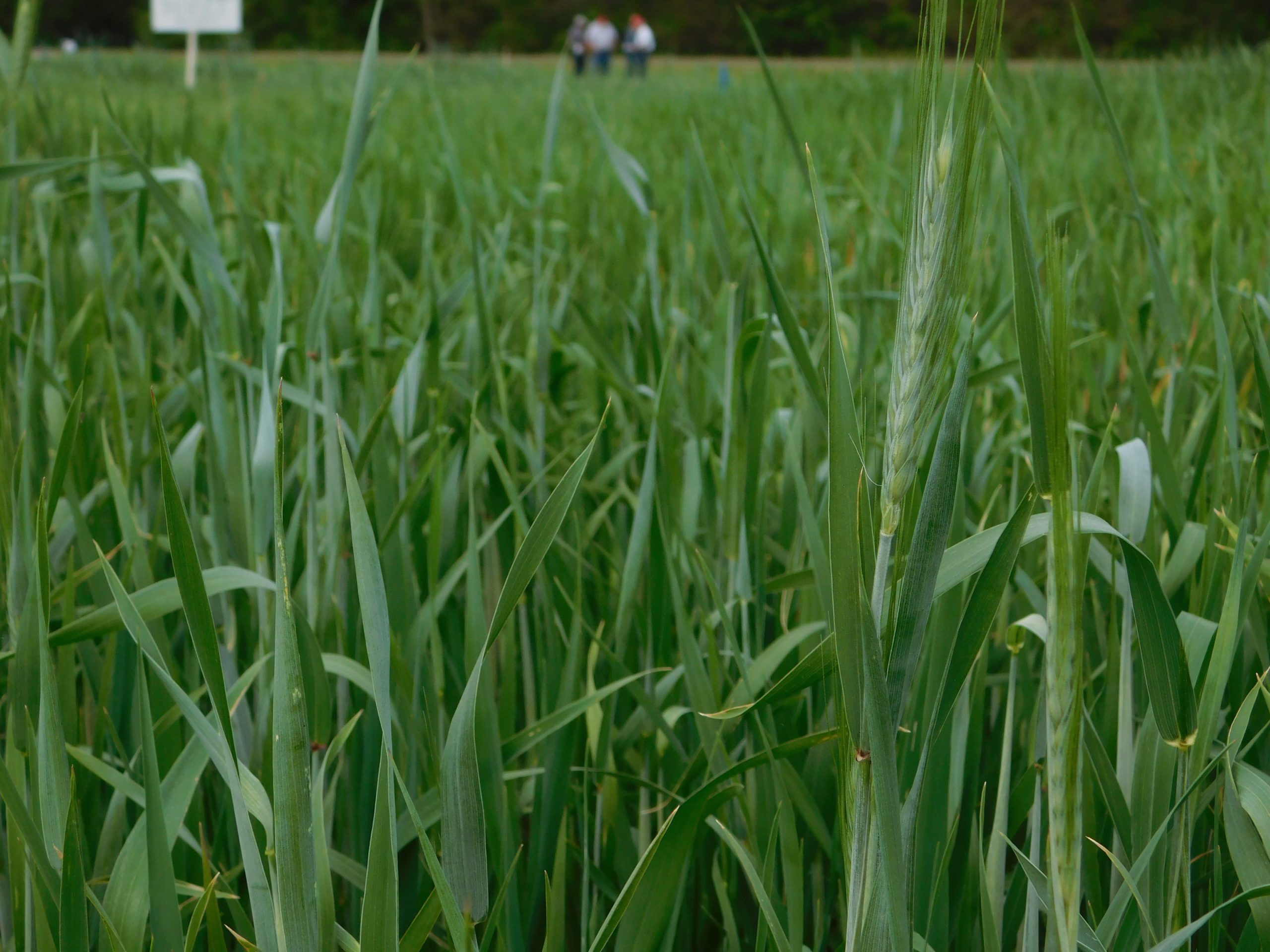VNS Spring Triticale is excellent for spring forage. It can be spring planted alone or with spring peas. It works well as a nurse crop for alfalfa, and does not get overly competitive with alfalfa.
VNS Spring Triticale is a spring awned forage type. It grows vigorously until the third or fourth tiller and then enters a stall phase of five to eight days before resuming very rapid stem elongation and vegetative growth.
The plant has a tall, erect growth habit and exhibits a dense canopy of dark green leaves. Tolerance of disease and tough growing conditions is superior to many other spring forages.
The crop needs about 110 to 140 units of nitrogen to take it to the late boot stage of development.
Ensiling triticale should take place at 65% moisture. As with other forages a quality liquid inoculant is recommended to be applied at a minimum of 100,000 CFU (colony forming units) per gram of silage. This will help prevent harmful yeasts and molds from occurring and lowers the pH of the forage to prevent heating and quality loss.
When harvesting blends containing forage peas, make sure to design the blend to harvest the crop before the peas start to develop seeds in the pod. In baled hay, the pods with seeds can retain moisture and create a white moldy spot.
Always test for nitrates before feeding

